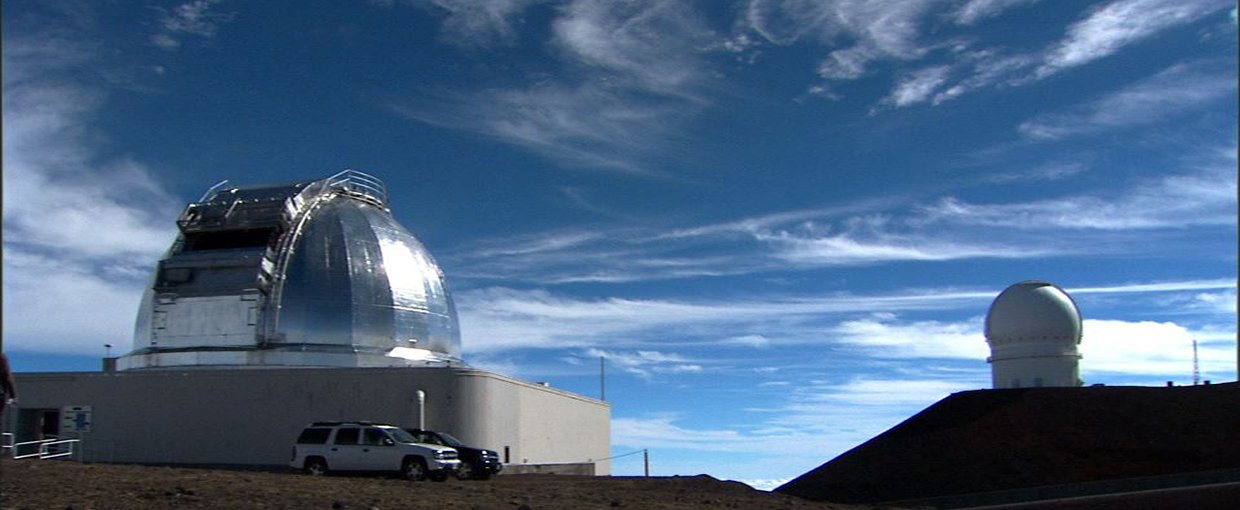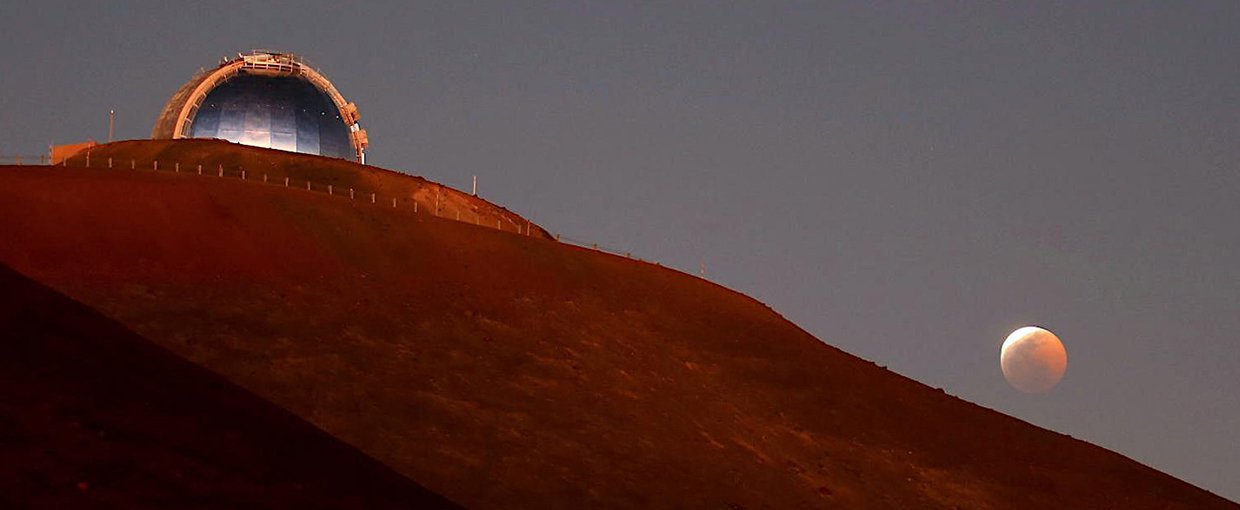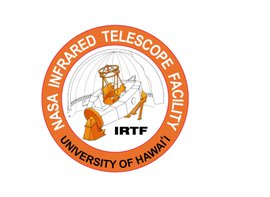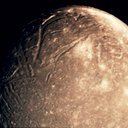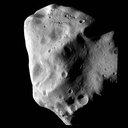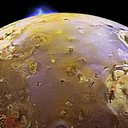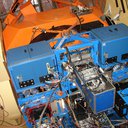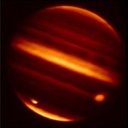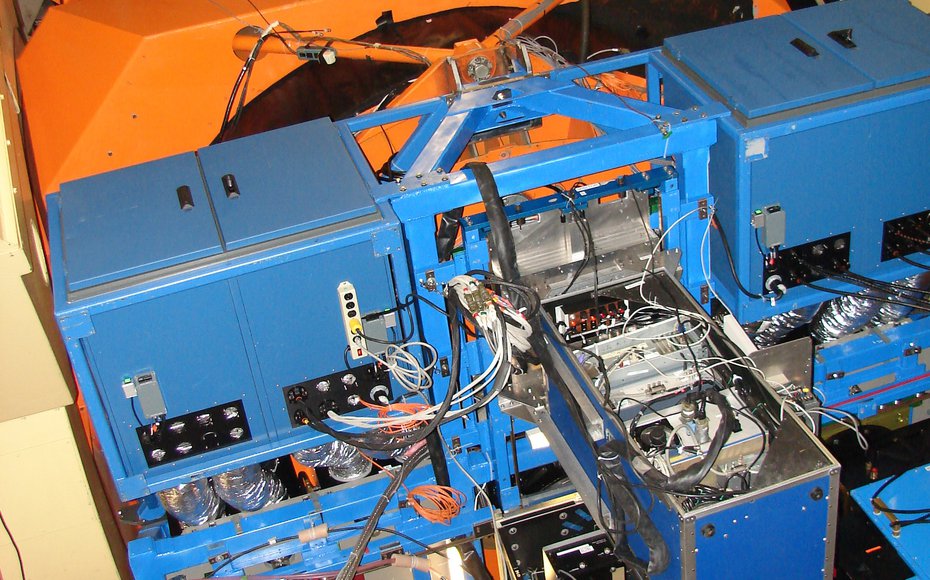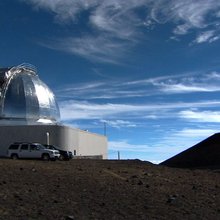- Launch Date Established 1979
- Arrival Date Operations 1979
- Mission TypeGround Based Telescope
- TargetThe Milky Way Galaxy
Mission Overview
The NASA Infrared Telescope Facility (IRTF) is one of the telescopes that makes up the Maunakea Observatories on the Big Island of Hawai’i. Maunakea is a place of immense reverance and cultural importance within the indigenous Hawaiian community. The NASA Astrobiology Program and the researchers we support are deeply grateful for the opportunity to conduct scientific research using the facilities currently located on the mountain.
The NASA Infrared Telescope Facility (IRTF) is a 3.2 meter telescope optimized for infrared observations, and is managed for NASA by the Institute for Astronomy at the University of Hawai`i. NASA is responsible for the costs of operation and the National Science Foundation (NSF) provides support for new instrumentation through the peer review process. Observing time is open to the entire astronomical community.
Relevance to Astrobiology
Although the facility is a ground-based observatory, the NASA IRTF has played an important role in NASA’s exploration of the Solar System. The NASA IRTF was originally built to support exploration missions, including NASA’s Voyager missions to the outer planets. Today, the facility continues to make observations in support of NASA spacecraft missions, mission planning, and science objectives.
The facility has been used to make a number of important observations of objects in the Solar System that are targets of astrobiology research, including asteroids and comets, Mars, and the moons of giant planets like Jupiter and Saturn. Fifty percent of the observing time for the NASA IRTF is reserved for observations of objects in the Solar System. In additon, the NASA IRTF is also used to make observations beyond our solar system, and this data is helping to inform studies of potentially habitable worlds around distant stars.
NASA Astrobiology Involvement
Data from NASA IRTF informs numerous studies supported by the NASA Astrobiology Program, including the work of researchers supported by the Emerging Worlds program and the NExSS RCN.

